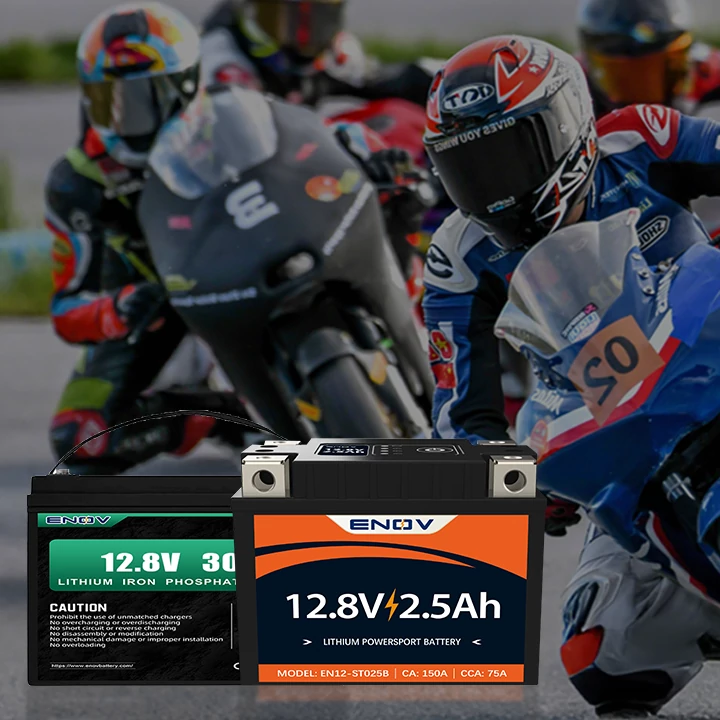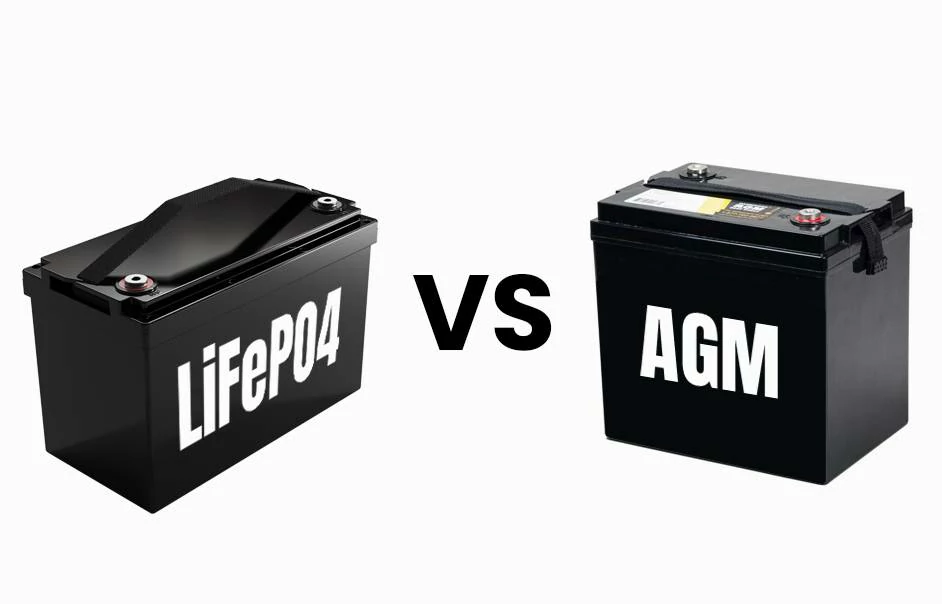Lithium Battery Recycling Process and Resource Recovery Technology
main content
The motorcycle lithium battery sector is embracing lithium battery recycling process and resource recovery technology to address environmental challenges and secure critical materials. By transforming end-of-life batteries into valuable resources, this approach reduces reliance on mining, slashes emissions, and supports a circular economy. As global demand for sustainable energy solutions grows, innovative recycling methods are reshaping the industry’s future.
Key Stages of the Lithium Battery Recycling Process
1. Collection and Safe Transportation
End-of-life motorcycle batteries are first collected through specialized networks to ensure safe handling. Given their flammability, batteries are transported in fire-resistant containers to certified recycling facilities. This step minimizes risks of thermal runaway and ensures compliance with hazardous waste regulations.
2. Discharge and Pre-Treatment
Before processing, batteries undergo complete discharge to neutralize residual energy. They are then dismantled to separate components like casings, wiring, and modules. Advanced sorting technologies categorize materials by chemistry, streamlining downstream recovery.
3. Shredding and Material Separation
Batteries are shredded into a granular mixture called "black mass." Using mechanical separation, magnetic fields, and sieving, recyclers isolate metals (e.g., nickel, cobalt, copper) from lithium-rich compounds. This phase achieves up to 96% recovery rates for high-value materials.
4. Hydrometallurgical and Pyrometallurgical Processing
Hydrometallurgy employs chemical solutions to dissolve and purify metals, while pyrometallurgy uses high-temperature smelting to extract alloys. Emerging methods, like reductive calcination, operate at lower temperatures, reducing energy use by 30% and enhancing lithium yields.
5. Direct Recycling and Regeneration
Cutting-edge techniques restore degraded cathode materials to near-original quality. This "direct recycling" skips traditional refining, lowering costs and preserving battery performance for reuse in new cells.
Resource Recovery Technologies Driving Sustainability
1. High-Purity Material Reintegration
Cutting-edge techniques restore degraded cathode materials to near-original quality. This "direct recycling" skips traditional refining, lowering costs and preserving battery performance for reuse in new cells.
2. Second-Life Applications
Batteries with residual capacity are repurposed for energy storage in solar systems or low-power vehicles. This extends their lifespan by 5–8 years, delaying recycling and maximizing resource efficiency.
3. Closed-Loop Supply Chains
Manufacturers partner with recyclers to create circular supply chains. For instance, 90% of a battery’s materials can re-enter production, slashing raw material costs and aligning with EU-style mineral recovery mandates.
Environmental and Economic Benefits
Recycling lithium batteries emits 80% fewer greenhouse gases than mining virgin materials. It also conserves water (75% less usage) and energy (60% reduction), making it a cornerstone of sustainable manufacturing. Economically, the global battery recycling market is projected to grow at 44.8% CAGR, offering lucrative opportunities for stakeholders.
Conclusion
Lithium battery recycling process and resource recovery technology is no longer optional—it’s a necessity for a greener motorcycle industry. By adopting these innovations, manufacturers and riders alike can reduce waste, cut costs, and contribute to a cleaner planet. As recycling infrastructure scales, the vision of a zero-waste battery ecosystem is within reach.
RELATED BLOG

START-STOP LITHIUM battery
Enov start-stop battery is designed to provide excellent performance for high-demand start-stop vaehicles. It adopts the third-generation intelligent lithium platform architecture to achieve technological breakthroughs in core indicators such as cycle life, environmental adaptability and energy density. Compared with the traditional lead-acid battery system, the energy efficiency is increased by 210%, the cycle life is extended by 8-10 times, and the monthly self-discharge rate is controlled within 3%. Enov's unique low-temperature battery technology makes a breakthrough in achieving stable output in the whole climate domain from -30℃ to 65℃, maintaining more than 90% of the effective capacity release under extremely cold conditions (-30℃), and maintaining 90% of the capacity in high temperature environments (65℃).
The start-stop battery series products cover the mainstream voltage platform of 12V/24V/48V, and support flexible configuration of LFP (lithium iron phosphate) and NCM (lithium nickel cobalt manganese oxide) dual-material system. All models adopt modular design to support customization of different model specifications. Enuo engineering and technical team to provide full cycle technical service support, if you need, please contact us.
Other products
UAV BATTERY
LITHIUM ENERGY STORAGE BATTERY
QUICK INQUIRY
FAQ
Access to high frequency technical questions with one click, get accurate answers on product application, after-sales policy and customization process.
Service and Support
Get the latest product specifications, explore professional OEM/ODM customization services, click to open exclusive technical support and production solutions.
Become a Partner
We sincerely invite resources to interconnect, work together for win-win development, and immediately open a new chapter of strategic cooperation!


